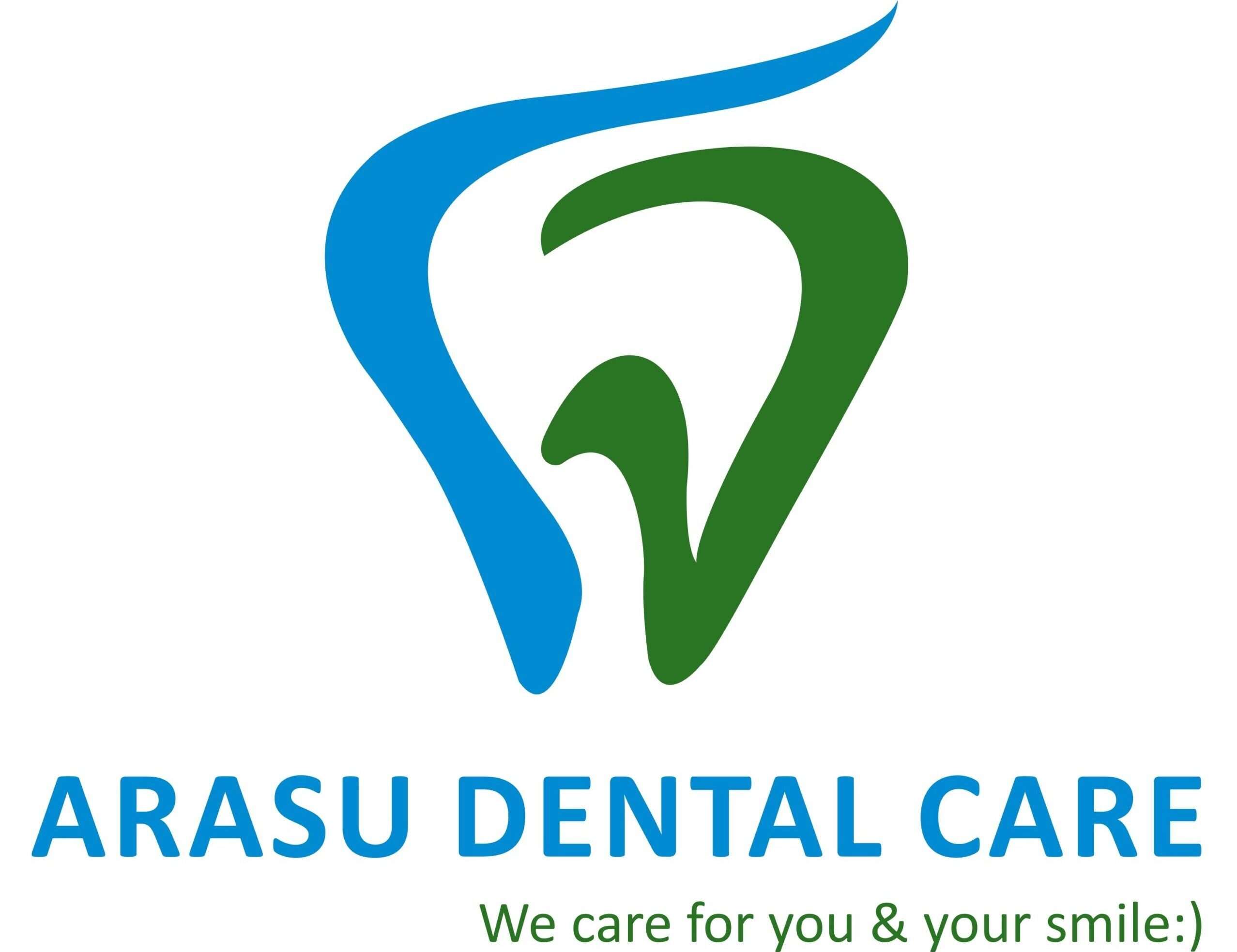RCT stands for Root Canal Treatment, a dental procedure that involves the removal of infected or damaged pulp (the innermost part of the tooth) and the cleaning, shaping, and sealing of the tooth’s root canals. Here is an overview of the steps involved in a typical root canal treatment in dentistry:
- Diagnosis and Examination:
- The dentist will first examine the patient’s dental history and symptoms.
- X-rays may be taken to assess the extent of the damage and to identify the number and shape of the root canals.
- Local Anesthesia:
- The tooth and the surrounding area are numbed using a local anesthetic to ensure the patient’s comfort during the procedure.
- Isolation of the Tooth:
- A rubber dam is placed around the tooth to keep it dry and to prevent saliva from interfering with the procedure.
- Access Opening:
- A small opening is made in the crown of the tooth to access the pulp chamber and root canals.
- Cleaning and Shaping:
- The infected or damaged pulp is removed from the pulp chamber and root canals using specialized instruments.
- The root canals are then cleaned, shaped, and disinfected to remove any remaining bacteria and debris.
- Filling Material:
- The cleaned and shaped root canals are filled with a biocompatible material called gutta-percha to seal the space and prevent further infection.
- Sealing the Access Opening:
- The access opening created in the crown is sealed with a temporary or permanent filling.
- Restoration:
- In many cases, a tooth that has undergone root canal treatment may need additional restoration, such as a dental crown, to provide strength and protection.
- Follow-Up:
- The patient may be scheduled for a follow-up appointment to monitor the healing and ensure the success of the root canal treatment.
Root canal treatment is a common procedure used to save a tooth that would otherwise need to be extracted due to severe infection or damage. It helps relieve pain, preserve the natural tooth structure, and restore normal oral function.
It’s important to note that advancements in dental technology and techniques continue to improve the success rates and patient experience of root canal treatments. If you are facing dental issues, it’s crucial to consult with a qualified dentist for a proper diagnosis and treatment plan tailored to your specific needs.
